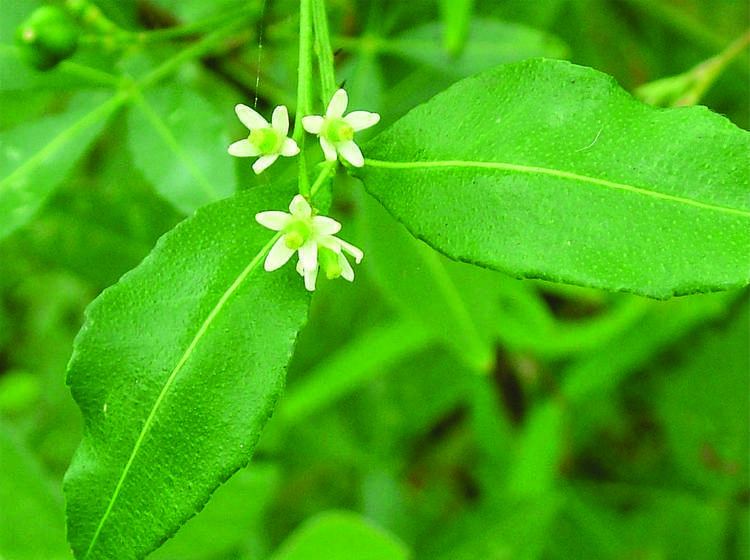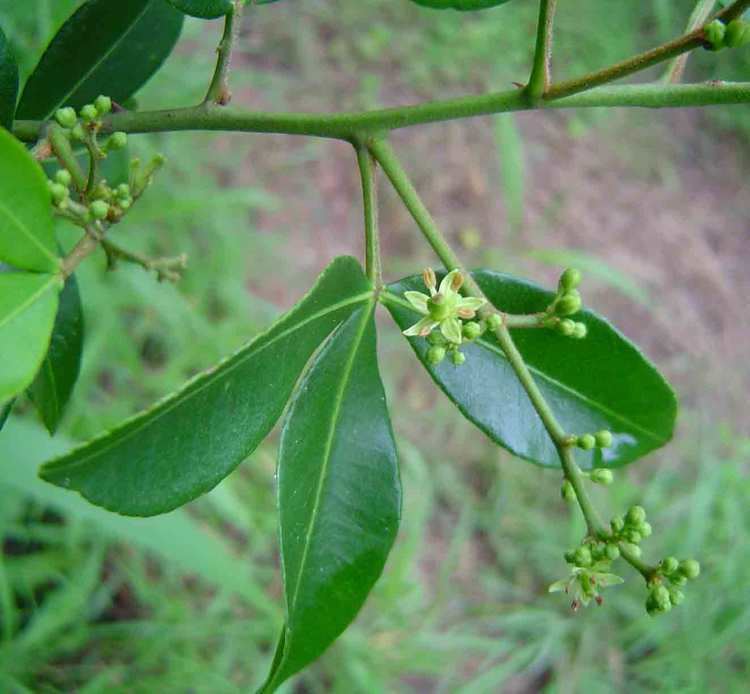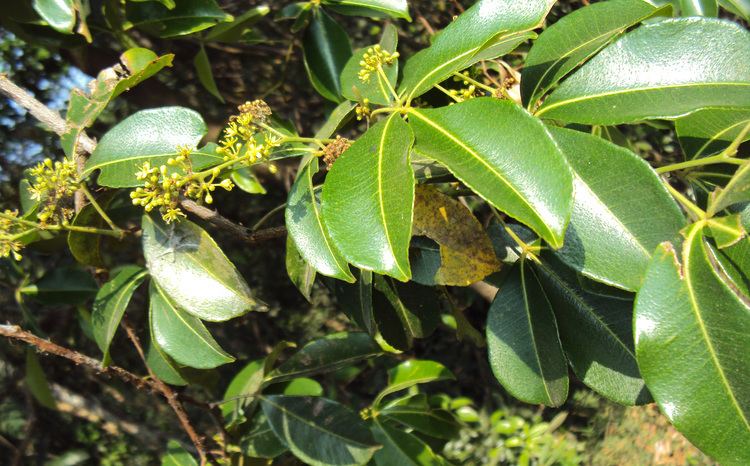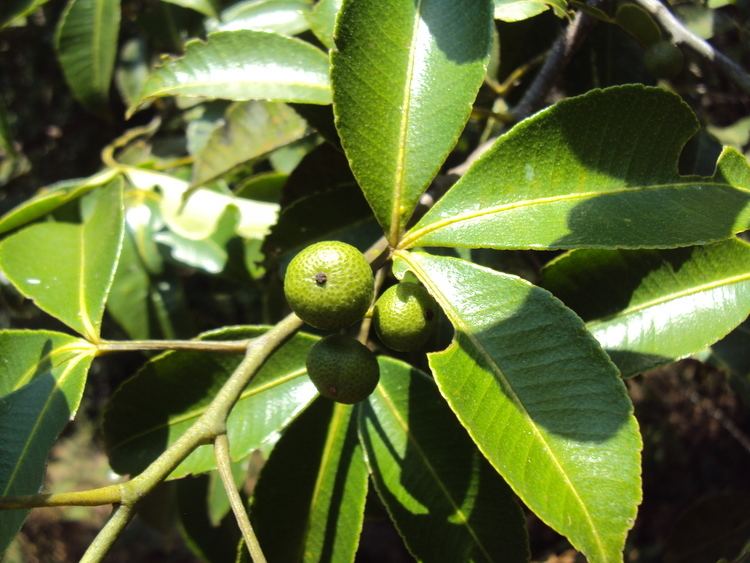Kingdom Plantae Family Rutaceae Species T. asiatica Higher classification Toddalioideae | Order Sapindales Subfamily Toddalioideae Scientific name Toddalia Rank Genus | |
 | ||
Similar Rutaceae, Vepris, Atalantia, Clausena, Glycosmis | ||
Medicinal rice p5 formulations for toddalia overdose pankaj oudhia s medicinal plant database
Toddalia is a monotypic genus of flowering plants in the citrus family containing the single species Toddalia asiatica, which is known by the English common name orange climber.
Contents
- Medicinal rice p5 formulations for toddalia overdose pankaj oudhia s medicinal plant database
- Medicinal rice p5h formulations for toddalia excess pankaj oudhia s medicinal plant database
- Native Range
- Habitat
- Description
- Medicinal Uses
- References
Medicinal rice p5h formulations for toddalia excess pankaj oudhia s medicinal plant database
Native Range

It is native to many countries in Africa and Asia. Examples include South Africa where in Afrikaans it is called ranklemoentjie, and in Venda, gwambadzi. It is very popular among the Kikuyus of Central Kenya, where it is known as mururue.
Habitat

It grows in forested riparian habitat with high rainfall. The destruction of forest habitat in Africa threatens the species' survival.
Description

This is a liana with woody, corky, thorny stems that climb on trees, reaching up to 10 m in length. It has shiny green citrus-scented leaves, yellow-green flowers, and orange fruits about half a cm wide that taste like orange peel. The seeds are dispersed by birds and monkeys that eat the fruits. In particular, the scaly-breasted munia prefers to nest in these trees.
Medicinal Uses
The plant is used medicinally by many African peoples, including the Maasai, who use it for malaria, cough, and influenza. The roots contain coumarins that have antiplasmodial activity. Extracts of the plant have demonstrated antiviral activity against H1N1 influenza in the laboratory. The harvest of this slow-growing plant from the wild for medicinal use may cause its populations to decline.
Protocols for domestication or propagation of the tree are being researched.
